DRAWING
TREES
VICTOR PERARD

DOVER PUBLICATIONS, INC.
MINEOLA, NEW YORK
 At Dover Publications were committed to producing books in an earth-friendly manner and to helping our customers make greener choices.
At Dover Publications were committed to producing books in an earth-friendly manner and to helping our customers make greener choices. Manufacturing books in the United States ensures compliance with strict environmental laws and eliminates the need for international freight shipping, a major contributor to global air pollution. And printing on recycled paper helps minimize our consumption of trees, water and fossil fuels. The text of this book was printed on paper made with 50% post-consumer waste and the cover was printed on paper made with 10% post-consumer waste. At Dover, we use Environmental Defenses Paper Calculator to measure the benefits of these choices, including: the number of trees saved, gallons of water conserved, as well as air emissions and solid waste eliminated. Please visit the product page for
Drawing Trees at www.doverpublications.com to see a detailed account of the environmental savings weve achieved over the life of this book. cm.
Originally published: Pitman Publishing Corporation, 1955.ISBN-13: 978-486-46034-5 (pbk.)ISBN-10: 0-486-46034-7 (pbk.)1. cm.Originally published: Pitman Publishing Corporation, 1955.ISBN-13: 978-486-46034-5 (pbk.)ISBN-10: 0-486-46034-7 (pbk.)1.
Trees in art. 2. Landscape drawing. I. Title.NC810.P4 2007
743.76dc222007008310 Manufactured in the United States by Courier Corporation
46034703
www.doverpublications.com
FIRST OF ALL
Art is the finest way of doing anything. Pencil drawing is one of the fine arts and one of the easiest to master.
It will repay the student ten-fold for the amount of effort expended. It is important to have the right materials to work with.In landscape drawing it is advisable to use a medium pencil H. B., a soft one B.B.B. and a soft eraser.Art materials should be treated with respect and pencils used deftly, varying the pressure to obtain dark and light tones.Drawings should be neat and of a professional appearance. The outline should be dwelt on before starting to shade. The shadows are used to give depth and thickness and by varying their tints, roundness is obtained.The proper placing of a sketch on the paper is important and requires judgment and a sense of composition which are a part of the art training.
A drawing badly placed on the paper loses value.As a help in placing the contemplated drawing on the paper, sketch with your finger on the paper an imaginary outline of the subject and at the same time try to visualize the completed picture.After this, use the H.B. pencil very lightly to draw the essential lines of the subject selected. Heavy black lines used too soon may kill the vision of the picture and thus impress mistakes on the mind.After becoming proficient in copying drawings try to make compositions of your own.Practice drawing from nature. Be careful to select simple subjects. Better a simple subject well done than a difficult one poorly rendered.After copying some simple subject in this book try drawing it from memory. This is excellent practice and will help to recall effects too rapid and transient to sketch, yet most valuable as data for future reference.With proper training there should be no waiting for inspiration.
Make preliminary sketches and memory sketches until you force inspiration.
Further Suggestions
Before touching pencil to paper, hold yourself in check until you try to visualize clearly the drawing you intend to make and the pencil technique you plan to use.The first lines should be the most important and the last ones of least value.Training the eye and hand to co-ordinate, gives quite a thrill when mastered. The problems are different in every picture, which makes for one of the fascinating aspects of the study of art. The feeling for art goes to waste unless backed by knowledge with which to work.To draw form correctly is less a natural ability than the result of acquired training. Most gifted students lack the patience to study and try stunts to escape work, thus enabling students with less natural facility and more method and application to out-class them.Without order and method the work is uneven in quality, good one day, bad the next.A drawing to have charm must be made with poise.In hurried work knowledge may be given out but little absorbed.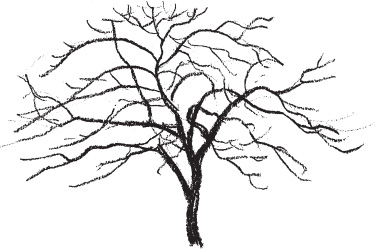
Shading Technique

Practice the above strokes keeping their weight and relative distances. Whether you are right-or left-handed, this will prove excellent practice for future work, and give co-ordination between hand and eye.

Now keep your lines closer together melting them into flat tints and graded ones, as illustrated above.
Practice this shading until proficient in control of the pencil and its pressure thus varying the required tints.  Sharpen the lead of a BBB pencil to resemble a chisel and wear down the lead smooth for broad strokes. The pencil will then prove practical and effective for sketching. It will help to vary the width of strokes, thus lending interest to the drawing.
Sharpen the lead of a BBB pencil to resemble a chisel and wear down the lead smooth for broad strokes. The pencil will then prove practical and effective for sketching. It will help to vary the width of strokes, thus lending interest to the drawing. 
Fundamental Outline
The first and all-important concern of the artist is to see the forms before him in simple outline at first, avoiding interest in detail.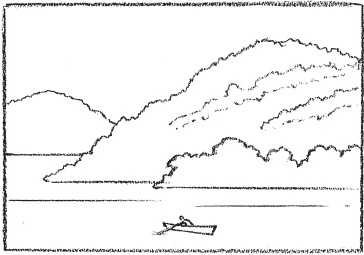 This method should be closely adhered to in future work.
This method should be closely adhered to in future work.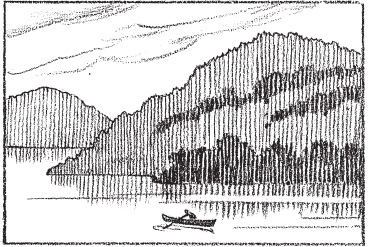 To shade distant landscapes with vertical strokes gives solidity , keeps the mountains in simple masses. The distant mountain is silhouetted and shows no detail except for a slight broken line to indicate trees on the mountain top.The same broken line is used on the nearer mountain, but with more detail and the nearer mountain is shaded to suggest that it is covered with trees in the distance, middle distance and foreground.
To shade distant landscapes with vertical strokes gives solidity , keeps the mountains in simple masses. The distant mountain is silhouetted and shows no detail except for a slight broken line to indicate trees on the mountain top.The same broken line is used on the nearer mountain, but with more detail and the nearer mountain is shaded to suggest that it is covered with trees in the distance, middle distance and foreground.
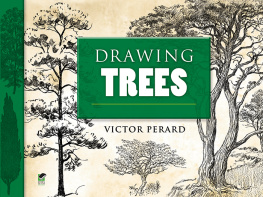
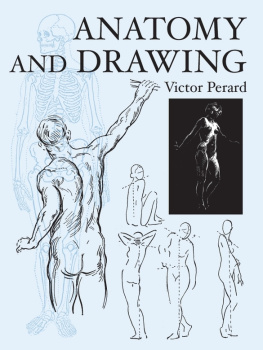
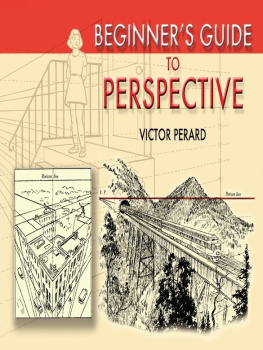
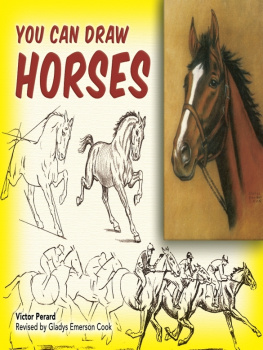
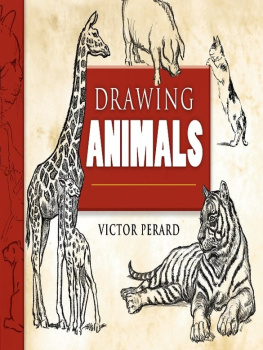

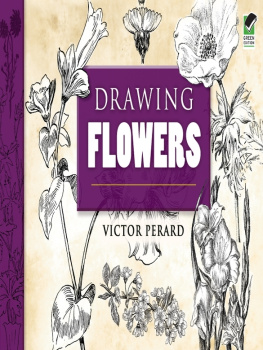
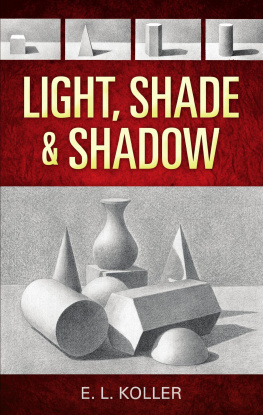
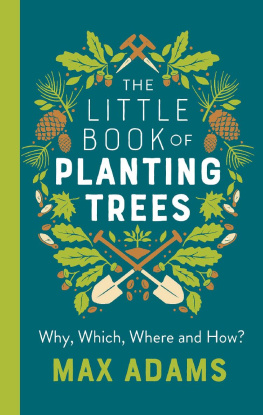

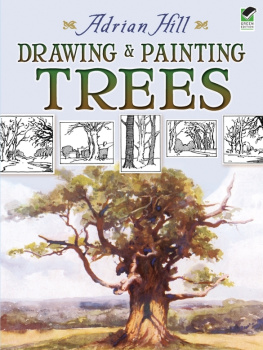
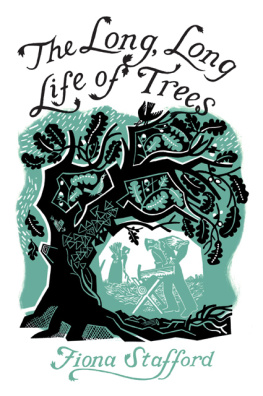

 DOVER PUBLICATIONS, INC.
DOVER PUBLICATIONS, INC. At Dover Publications were committed to producing books in an earth-friendly manner and to helping our customers make greener choices. Manufacturing books in the United States ensures compliance with strict environmental laws and eliminates the need for international freight shipping, a major contributor to global air pollution. And printing on recycled paper helps minimize our consumption of trees, water and fossil fuels. The text of this book was printed on paper made with 50% post-consumer waste and the cover was printed on paper made with 10% post-consumer waste. At Dover, we use Environmental Defenses Paper Calculator to measure the benefits of these choices, including: the number of trees saved, gallons of water conserved, as well as air emissions and solid waste eliminated. Please visit the product page for Drawing Trees at www.doverpublications.com to see a detailed account of the environmental savings weve achieved over the life of this book. cm. Originally published: Pitman Publishing Corporation, 1955.ISBN-13: 978-486-46034-5 (pbk.)ISBN-10: 0-486-46034-7 (pbk.)1. cm.Originally published: Pitman Publishing Corporation, 1955.ISBN-13: 978-486-46034-5 (pbk.)ISBN-10: 0-486-46034-7 (pbk.)1.
At Dover Publications were committed to producing books in an earth-friendly manner and to helping our customers make greener choices. Manufacturing books in the United States ensures compliance with strict environmental laws and eliminates the need for international freight shipping, a major contributor to global air pollution. And printing on recycled paper helps minimize our consumption of trees, water and fossil fuels. The text of this book was printed on paper made with 50% post-consumer waste and the cover was printed on paper made with 10% post-consumer waste. At Dover, we use Environmental Defenses Paper Calculator to measure the benefits of these choices, including: the number of trees saved, gallons of water conserved, as well as air emissions and solid waste eliminated. Please visit the product page for Drawing Trees at www.doverpublications.com to see a detailed account of the environmental savings weve achieved over the life of this book. cm. Originally published: Pitman Publishing Corporation, 1955.ISBN-13: 978-486-46034-5 (pbk.)ISBN-10: 0-486-46034-7 (pbk.)1. cm.Originally published: Pitman Publishing Corporation, 1955.ISBN-13: 978-486-46034-5 (pbk.)ISBN-10: 0-486-46034-7 (pbk.)1.

 Practice the above strokes keeping their weight and relative distances. Whether you are right-or left-handed, this will prove excellent practice for future work, and give co-ordination between hand and eye.
Practice the above strokes keeping their weight and relative distances. Whether you are right-or left-handed, this will prove excellent practice for future work, and give co-ordination between hand and eye.  Now keep your lines closer together melting them into flat tints and graded ones, as illustrated above.
Now keep your lines closer together melting them into flat tints and graded ones, as illustrated above.  Sharpen the lead of a BBB pencil to resemble a chisel and wear down the lead smooth for broad strokes. The pencil will then prove practical and effective for sketching. It will help to vary the width of strokes, thus lending interest to the drawing.
Sharpen the lead of a BBB pencil to resemble a chisel and wear down the lead smooth for broad strokes. The pencil will then prove practical and effective for sketching. It will help to vary the width of strokes, thus lending interest to the drawing. 
 This method should be closely adhered to in future work.
This method should be closely adhered to in future work. To shade distant landscapes with vertical strokes gives solidity , keeps the mountains in simple masses. The distant mountain is silhouetted and shows no detail except for a slight broken line to indicate trees on the mountain top.The same broken line is used on the nearer mountain, but with more detail and the nearer mountain is shaded to suggest that it is covered with trees in the distance, middle distance and foreground.
To shade distant landscapes with vertical strokes gives solidity , keeps the mountains in simple masses. The distant mountain is silhouetted and shows no detail except for a slight broken line to indicate trees on the mountain top.The same broken line is used on the nearer mountain, but with more detail and the nearer mountain is shaded to suggest that it is covered with trees in the distance, middle distance and foreground.